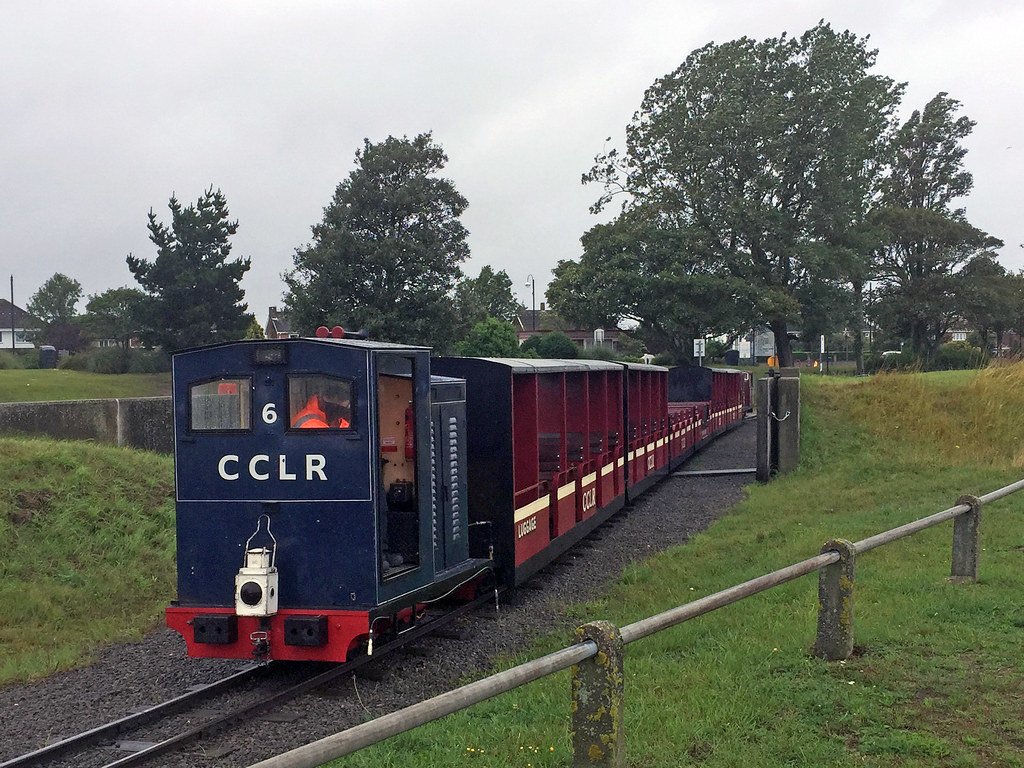
The Spa Valley Railway is a preserved standard-gauge heritage line running through the picturesque High Weald of Kent and East Sussex, connecting Tunbridge Wells West to Eridge. Its story is one of revival, community effort, and a deep appreciation for railway heritage.
The line was originally part of the East Grinstead, Groombridge and Tunbridge Wells Railway, engineered by Frederick Banister for the London, Brighton and South Coast Railway (LB&SCR). Opened in 1866, it provided vital links from Tunbridge Wells to London Victoria and the South Coast, becoming a bustling cross-country route with over 100 trains daily by the 1920s.
However, the rise of car travel and declining passenger numbers led to gradual closures. Key connecting lines—including the Cuckoo Line and the Uckfield to Lewes route—were shut between the 1950s and 1970s. The final blow came in 1985, when British Rail closed the Tunbridge Wells to Eridge section, citing high maintenance costs and low usage.
Just one month after closure, the Tunbridge Wells and Eridge Railway Preservation Society (TWERPS) was formed on 13 September 1985. Despite initial setbacks—including the construction of a Sainsbury’s supermarket on the original station site—the group persisted. The North Downs Steam Railway, facing vandalism in Dartford, merged with TWERPS in 1996, bringing rolling stock and operational experience.
That same year, trains began running from Tunbridge Wells West to Cold Bath Bridge, and by 1997, the line extended to Groombridge. A further extension to Birchden Junction followed in 2005, and after years of negotiation and restoration, the final stretch to Eridge opened in March 2011, reconnecting with the national rail network.
The Spa Valley Railway has invested heavily in infrastructure. A signal box at Groombridge allows two-train operations, and station buildings, canopies, and refreshment kiosks have been added or restored. Bridges have undergone repairs, and plans are in place to reinstate track and install a passing loop to support future growth.
The railway operates a range of steam and diesel locomotives, including BR Standard 4MT 80078, Caledonian Railway 812 Class 828, and Battle of Britain Pacific 34053 “Sir Keith Park”. It also hosts themed events, dining trains, and the popular POLAR EXPRESS™ Train Ride, attracting over 80,000 visitors annually.
Entirely volunteer-run, the Spa Valley Railway thrives on community involvement. From gala events to beer festivals, it offers something for everyone. Its location—flanked by attractions like High Rocks, Groombridge Place, and the High Weald Area of Outstanding Natural Beauty—makes it a unique destination for heritage and leisure.
While extending back to Tunbridge Wells Central remains a dream, the protected trackbed and surviving infrastructure hint at future possibilities. For now, the Spa Valley Railway stands as a testament to perseverance, passion, and the enduring charm of Britain’s railway past.
This historical summary was generated using AI and draws on publicly available sources including Spa Valley Railway’s official history, Wikipedia, and Preserved Railcar.